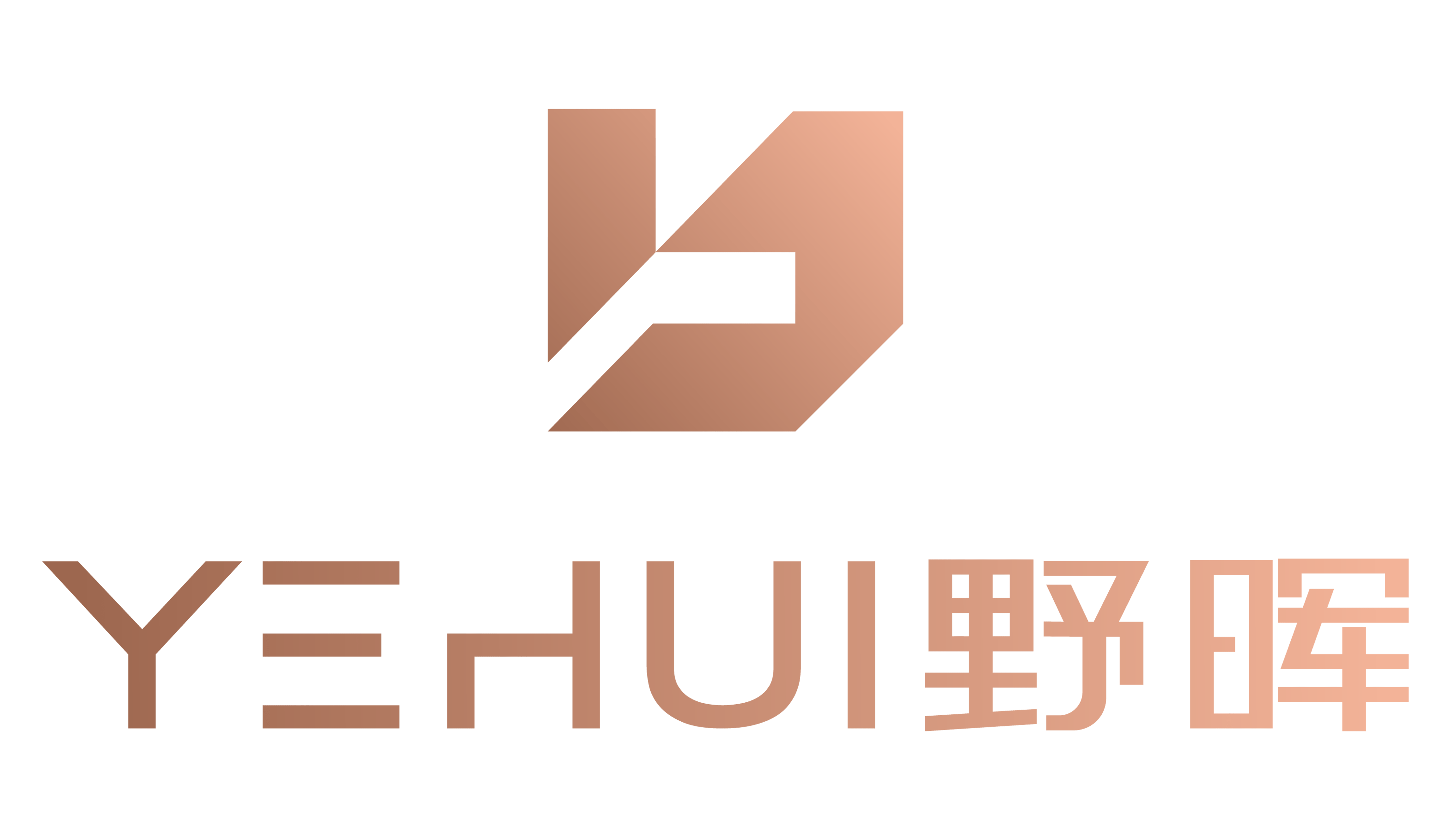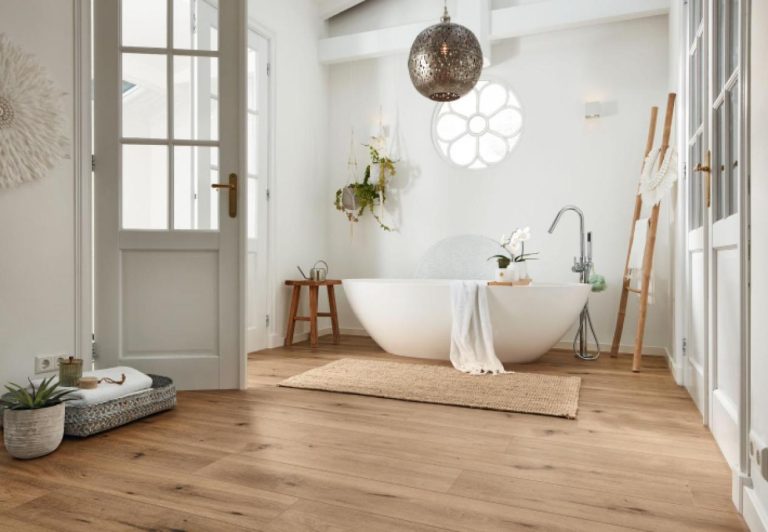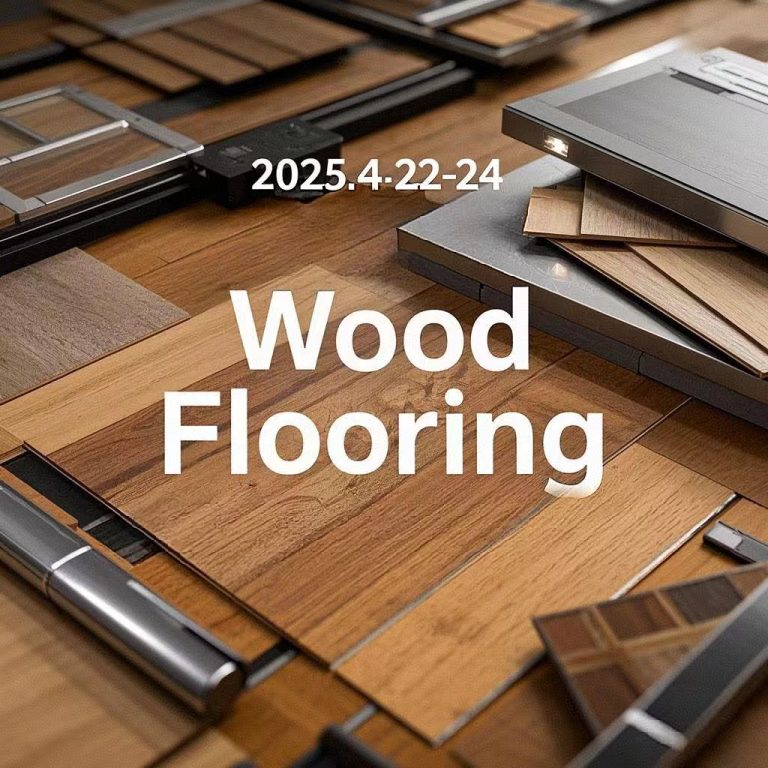Parquet flooring has moved far beyond its old-world reputation. Designers, builders, and homeowners are circling back to it not only for its visual interest but also for its sustainability value. With the rise of eco-conscious interiors and customized styles, parquet has stepped back into the spotlight—quietly but confidently.

History of Parquet Flooring
Before factories pumped out flooring, parquet was all about skilled hands and clever ideas.
Origins in European Architecture
Parquet kicked off in ritzy French palaces during the 1600s. It swapped out icy stone floors. Workers used tiny wood chunks arranged in neat designs. These floors kept spaces warm and were a breeze to clean.
Evolution Through Centuries
As wood skills got sharper, parquet showed up across Europe. Then it went global. From huge estates to little houses, it shifted with what people liked, new tools, and the wood they could get.
Revival in Modern Contexts
These days, people are into natural materials and making stuff with less harm. That’s put parquet back in focus. Now it comes with modern tricks like layered bases, sturdy coatings, and finishes you can tweak.
Reasons for Parquet’s Popularity Today
Why’s parquet such a big deal now? It’s not just about old vibes. It’s a solid choice for tons of places, and here’s why that’s true.
Timeless Aesthetic Appeal
Wood floors with patterns like chevron or herringbone add a fun spark. They make dull rooms feel lively but not too wild. The designs give a cozy, special touch, like a rug that’s part of the floor.
Versatility Across Styles
Parquet works almost anywhere. Imagine it in fancy offices, charming hotels or artsy galleries. It softens up cold concrete spots or helps organize big, open rooms without feeling messy.
Integration with Contemporary Trends
Parquet fits right into today’s looks. It’s great for simple, clean rooms or calm Japandi styles with earthy tones. It also pops in luxe, soft spaces. Use it with plain colors or bright ones to mark out areas without walls. For example, a chevron layout can make a dining room feel warm and neat.
Sustainability Features of Parquet
Being green isn’t just about recycled tags. It’s about where the wood’s from, how long the floor lasts, and its effect on the earth.
Use of Renewable Materials
Top-notch parquet uses FSC-certified wood from forests that grow back. It also has layered bases to cut down on timber use. YEHUI picks renewable sources with care, making sure they don’t mess up nature.
Low Environmental Impact
Wood floors are gentler on the planet than vinyl or heavy stone. They leave a smaller carbon mark. YEHUI goes with zero-VOC glues and SGS-certified adhesives. Their finishes don’t release yucky fumes, keeping your home safe.
Long-Term Durability Benefits
A good parquet floor can hang around for years. If it gets banged up, just sand it and slap on a new finish. You don’t have to yank it out. This saves trees, cuts trash, and keeps money in your pocket.
Design Flexibility in Parquet
The way parquet’s laid out makes it shine in any room. It’s not just about looks—it’s about how it feels too.
Variety of Patterns Available
You’ve got loads of options: herringbone, double herringbone, basketweave, chevron, or funky geometric shapes. These fit tiny apartments, big homes, or weird-shaped rooms. Each pattern brings its own vibe to the space.
Adaptability to Different Spaces
Parquet looks great in living rooms, hallways, hotel lobbies, shops, or snug bedrooms. Its warm feel balances out chilly materials like glass, marble, or metal. For instance, it can make a sleek office feel more welcoming.
Enhancement of Interior Ambiance
Wood grabs light in neat ways, depending on its grain or layout. Even a plain matte finish adds depth that tiles or laminates can’t touch. It makes rooms feel richer, like they’ve got a bit of soul.
YEHUI’s Parquet Flooring Innovations
YEHUI takes old-school parquet and gives it a fresh twist. They focus on eco-friendly boards. Their collections mix style with strength, making them a favorite for designers. Let’s dive into what they’ve got.
LZP1001 for Elegant Designs
This line has soft grains and gentle, even tones. It’s awesome for homes, small offices, or hotel lounges where you want a smooth, classy feel. It’s like a quiet backdrop that still looks sharp.

Chinese Knot for Cultural Fusion
This pattern weaves traditional Chinese designs into parquet. It’s perfect for special projects, like old-style buildings or spaces that want a cultural touch. It adds meaning and a unique vibe you won’t see everywhere.
LZP1002 for Modern Variations
With bigger planks and bolder textures, this series fits modern spots. Think busy offices or simple, clean homes. It’s tough enough for heavy use but still looks cool and stylish.
Customization in Parquet Flooring
Everybody wants their space to feel like theirs, especially in high-end homes. YEHUI knows one style doesn’t cut it for everyone. Here’s how they let you make parquet your own before picking products.
Tailored Color Options
Choose from deep walnut to light ash shades. Your floor fits your vision perfectly. This is great for designers who want every detail to pop.
Personalized Pattern Choices
Patterns can be cut to match your room’s shape. Want classic herringbone? Or something totally out there? They’ll tweak it to fit your project’s size and style.
Client-Specific Adaptations
They can adjust angles, plank sizes, edge styles, or joint systems. This works for your local weather, how you install it, or your renovation schedule. It’s all about making the floor fit you.
Future Outlook for Parquet Trends
Parquet’s not going anywhere soon. A few big changes keep it fresh and in demand for years.
Emerging Sustainable Practices
Factories are getting better at reusing materials and cutting waste. They’re also using glues without formaldehyde. YEHUI’s already doing this stuff, so they’re set for tougher eco-rules coming up.
Global Market Expansion
More folks want parquet in places like Asia-Pacific, the Middle East, and Northern Europe. This means more patterns and designs that are easier to put in. Parquet’s not just for rich people anymore—it’s for all kinds of homes.
Continued Innovation Potential
As tech improves, custom orders will be quicker and more spot-on, giving you exactly what you need.
FAQs
Q1: How does parquet compare to regular hardwood flooring in terms of sustainability?
A: Parquet uses smaller wood bits and often layered bases, so it wastes less. Lines like YEHUI’s use certified wood and green glues. That makes it better for the planet than solid hardwood in lots of ways.
Q2: How do you clean parquet to keep it nice?
A: It’s a cinch. Sweep or vacuum to grab dust. Use a damp mop with mild soap for deeper cleaning. Avoid soaking it, and YEHUI’s tough finishes help it stay pretty with little work.
Q3: Is customization only for large projects?
A: Not at all. YEHUI takes small orders too. You can tweak patterns, textures, or colors for a single house or a big building. They make it easy for everyone.





